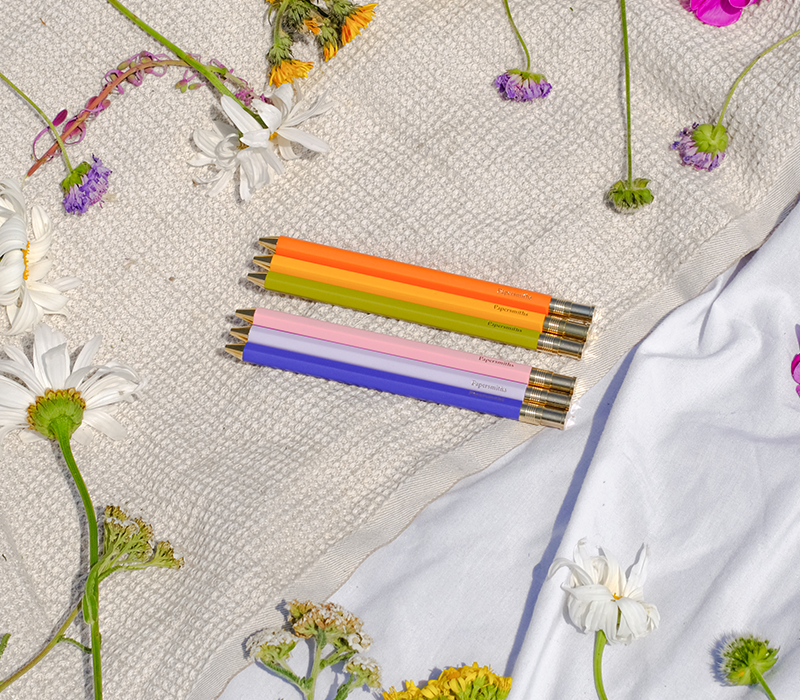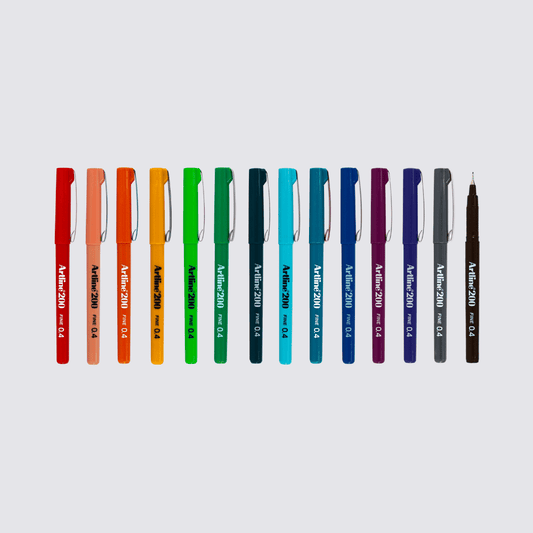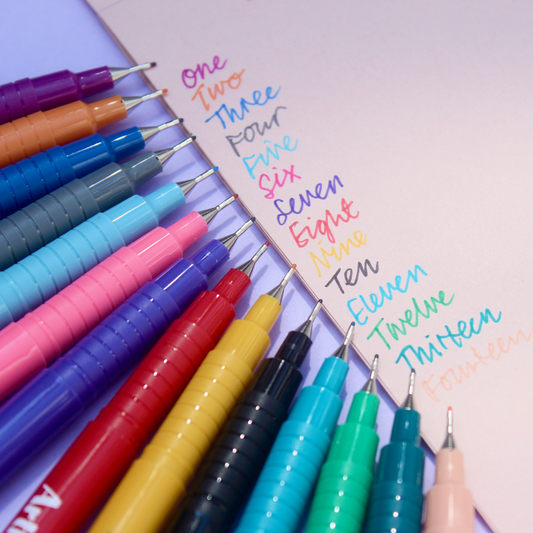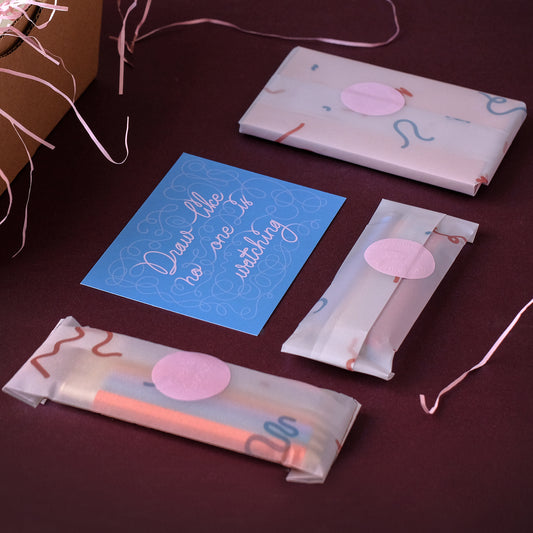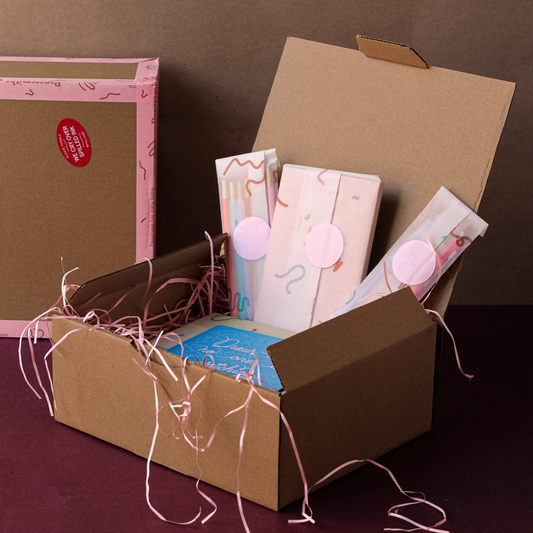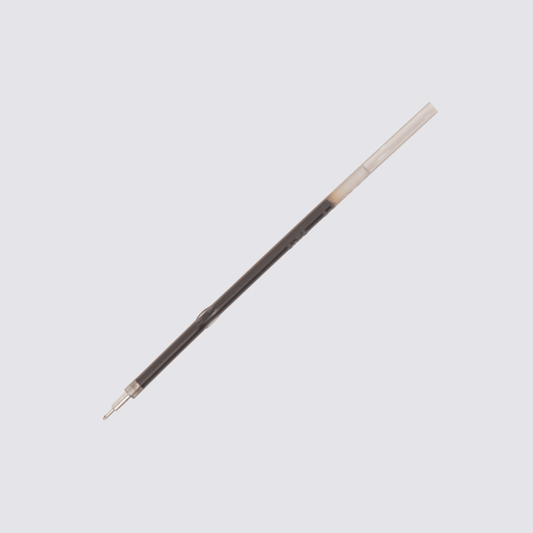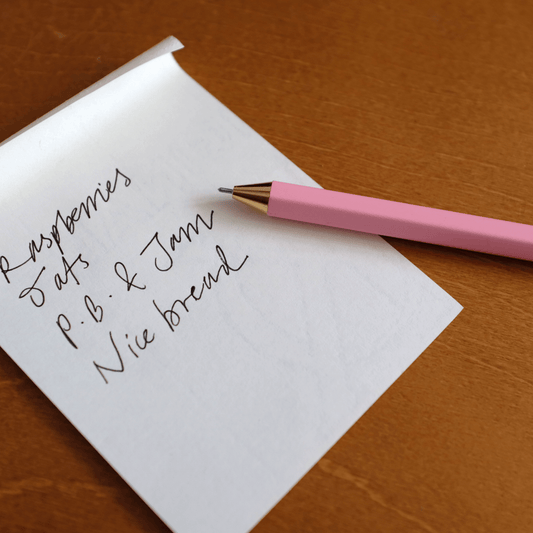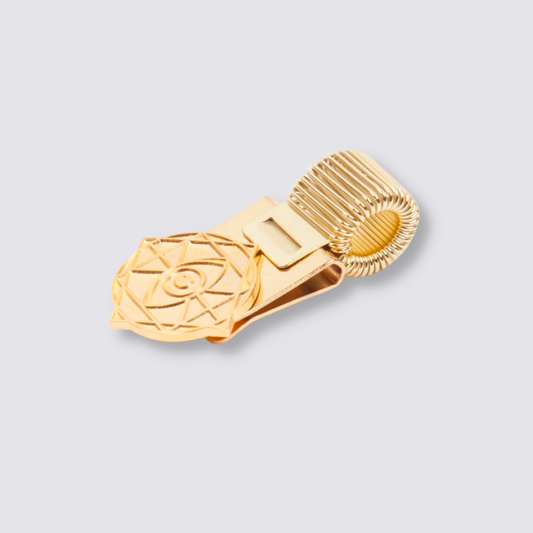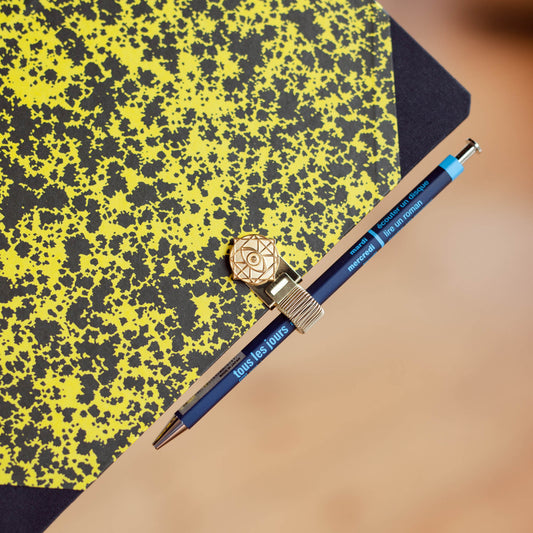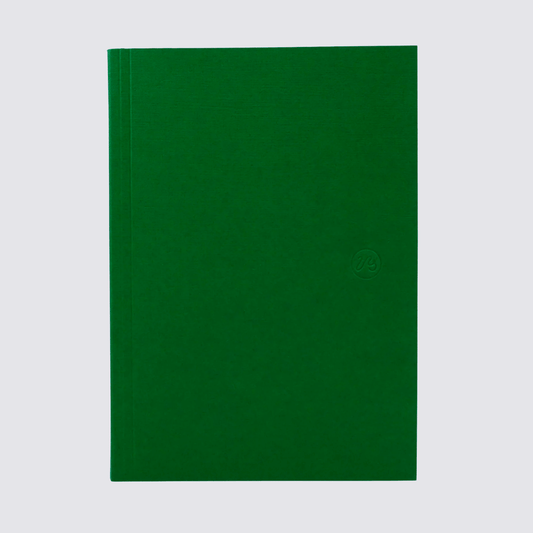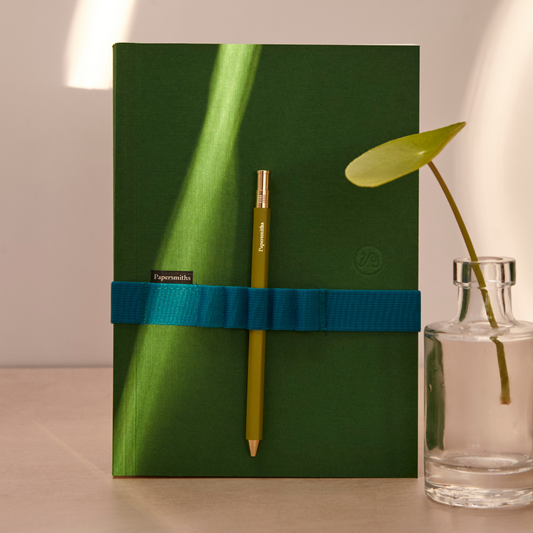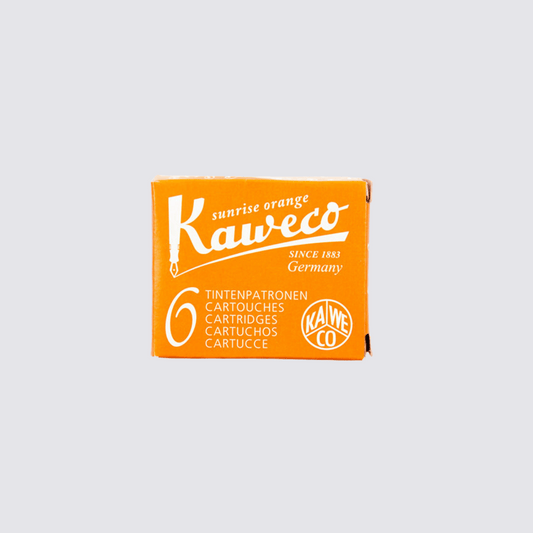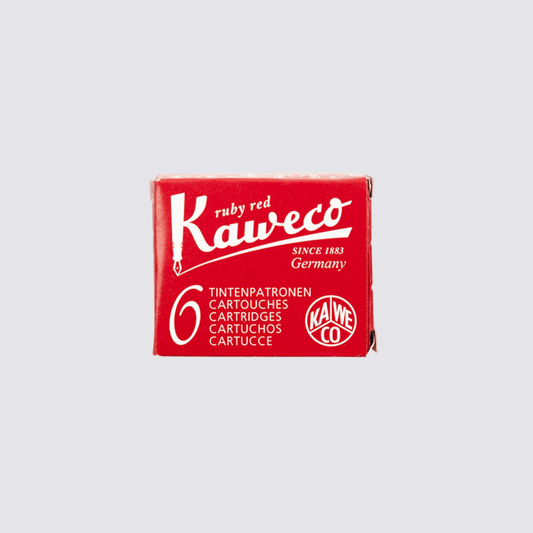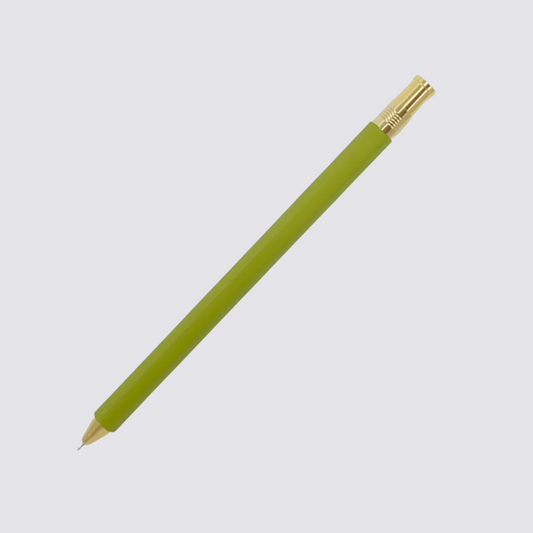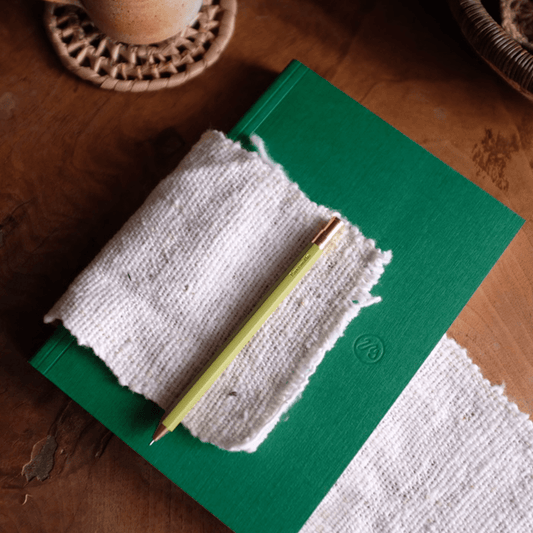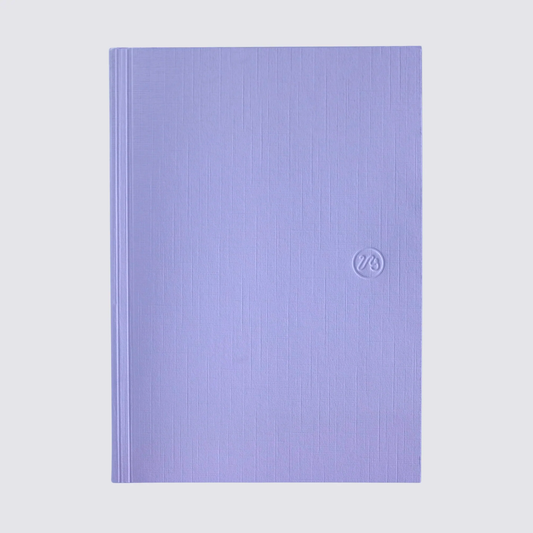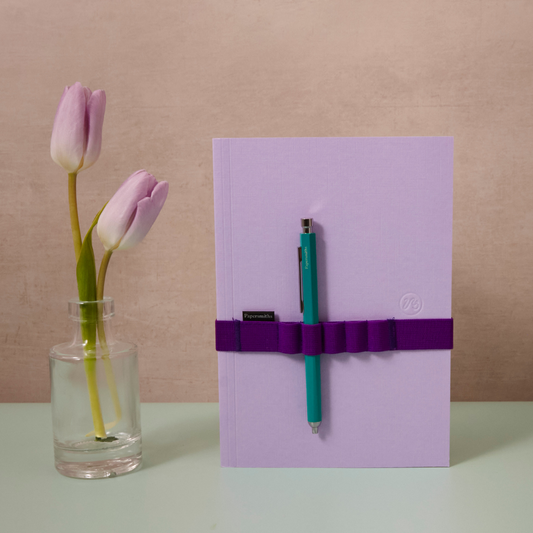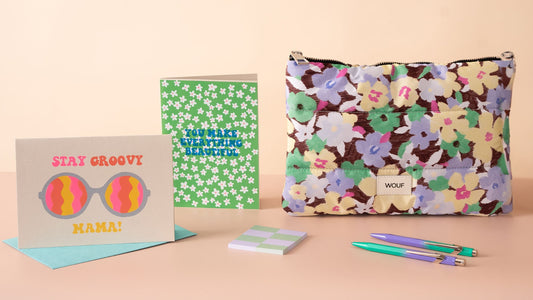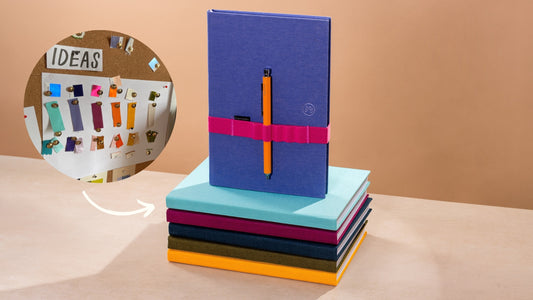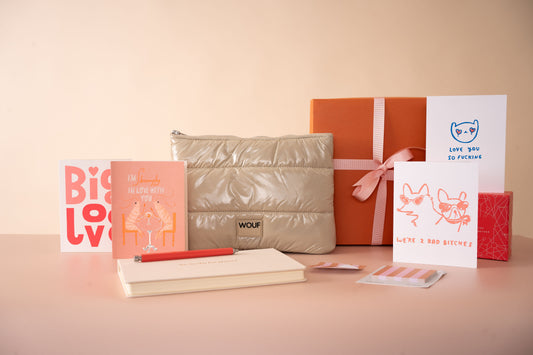Many independent publishers encounter soaring production costs and distribution difficulties, however, despite the ease of screen reads, there has always been something special about the inky real deal.
Tina Smith, a freelance editorial designer, recognises the qualities of each format and demonstrates through her portfolio that both technology and tradition can in fact be happy bedfellows.
With a background in print media, Tina was also one of the very first digital art editors. For four years, she has been art director of Papersmiths favourite, Ernest magazine, a bi-annual journal abundant with adventures, craftsmanship, and all things wild. Tina takes classic motifs from the age of exploration and seamlessly applies them to blog, tablet and printed journal.
Tina is an adventurer herself, always outdoors and as close to nature as possible and she has recently taken her studio on the road with her wildlife photographer husband. Stationery and the right organisational tools therefore play a huge part in her day to day.
We spoke to Tina about the power of storytelling in mid-century graphic design, growing up as an architect’s daughter, and the enduring magic of a stationery shop.

When did your love of stationery begin? Do you have fond childhood memories of pencils and paper?
I was raised by my single-parent, architect father – so as a kid I spent a lot of time in the corner of my dad’s office drawing on rejected photocopies and A1 plans.
If there’s anything that is going to fetishise stationery to an 8 year old, it’s an architect’s studio, full of forbidden mechanical pencils and fragile-nibbed drawing pens. I even longed to be allowed to use the sanitary fixture templates – bright orange plastic stencils of rows and rows of toilets. Thankfully I’ve moved on from that obsession.

Do you have any favourite pieces of stationery? Any new purchases you’re getting a lot of use out of lately, or classics you keep going back to?
I love the Magma sketchbooks. I’m always tucking client briefs and flatplans into sketchbooks, so a back-flap and an elastic band are invaluable. They’re like a brighter, friendlier version of a moleskine.
Also, I’m generally working on several projects at the same time – so sketchbooks with dividers are super-useful.
My husband is a wildlife photographer and travels a lot, so we’ve started taking our whole studio on the road in our “mobile office” campervan. It’s great because I get to work in amazing settings and feel closer to the subject matter of my work, which is largely about nature and travel, but it also means I’ve had to fit my whole office into a tiny travel organizer. My pens, sketchbooks, sticky notes, charger cables and mobile wifi all have to fit in one A5 case. It has been a challenge!

How does stationery and paper play a part in your work and creative process? What are your go-to instruments for creating?
For me, everything starts with sketchbooks. My desk is piled with them, and I scrawl notes and draw scamps before I do anything on a computer screen. As often as not I’ll never revisit the notes, but I find putting pen to paper is the best way to get my head around a subject and form ideas. Ernest’s editor, Jo, is the same way – so even when our communication is largely over email, a lot of it is exchanging iphone snaps of our sketchbooks.
I also love a coloured pen – they take me to another level of list geekdom. In the final stages of sending a mag to print, you can guarantee I’ll have my red, orange and green pens out – traffic lighting lists of final proofs.
Paper is most satisfying in the form of…
A bound, inky magazine. In the late “noughties” when I was working for big publishing houses, I got more and more involved in digital publishing to future-proof my young career. Digital is really exciting in many ways, but I instantly missed inky paper. It’s what led me to publish my first indie mag, Lost in London, in 2010, and since then I’ve found my balance by keeping a finger in each of those pies.

If you could have a rummage in anybody’s pencil case whose would it be?
I love mid-century graphic illustration, so maybe Saul Bass or Charley Harper. Ooh or Eric Carle (of Hungry Caterpillar fame).
Any parting thoughts or anecdotes on your love of stationery?
My biggest “sliding doors” moment is when I was 14 and was placed at Fielders in Wimbledon for my school work experience. It’s an independent stationery/art/book shop that has been run by the same family since the 1920s. It was an Aladdin’s cave of inspiring stuff and people, and shaped my life and career massively. I stayed working there right through college and two art schools, met my now husband at the pen till, and we now have a spawn-of-stationery son - so I think stationery shops will always be a bit magic to me!
